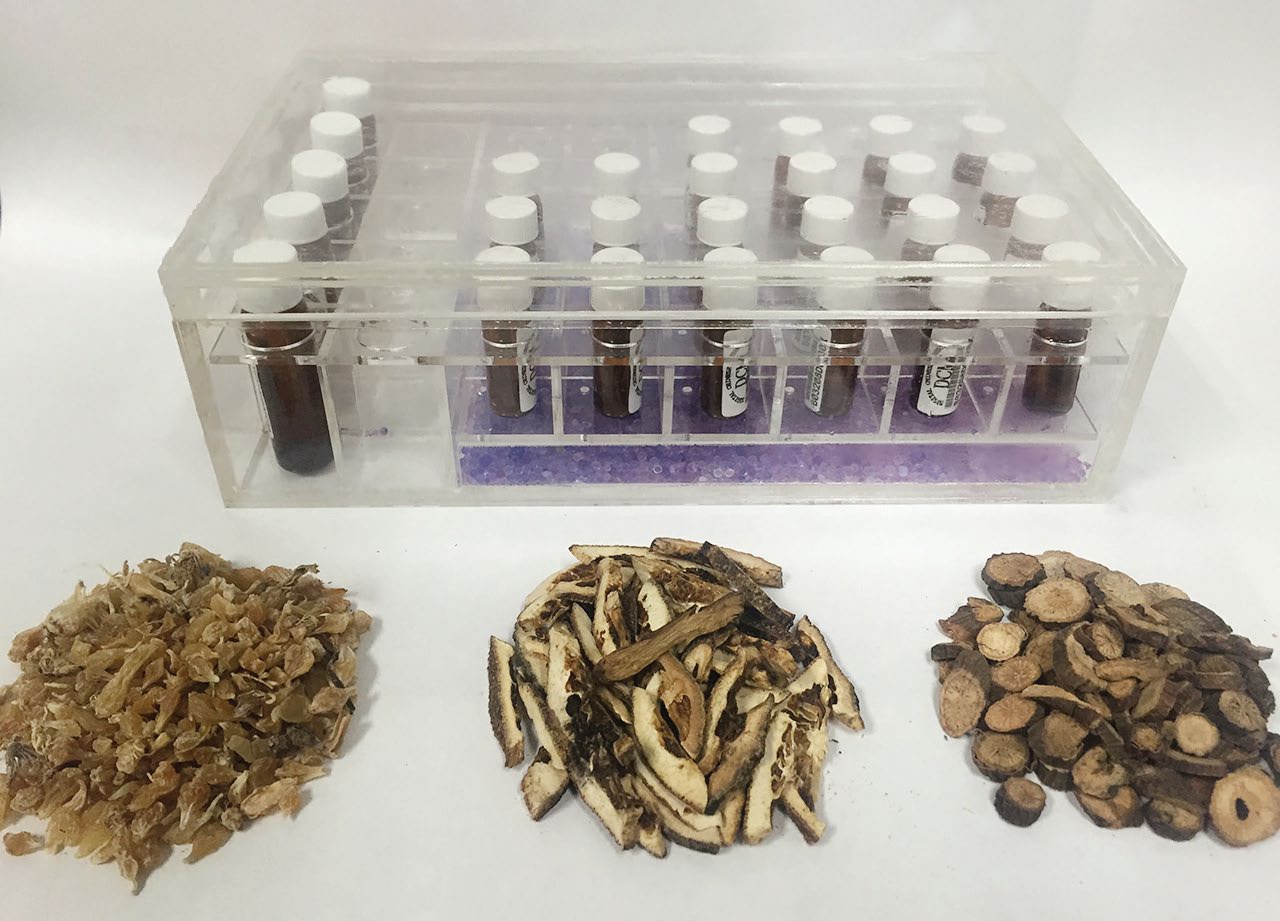Chinese medicine combines herbal remedies with acupuncture, massage, exercise and diet to provide alternative therapies for a wide range of conditions. Despite drawing on over 2,500 years of traditional knowledge, little is known about the mode of action of these herbal medicines. Researchers at Zhejiang University’s College of Pharmaceutical Sciences are looking to address this, using modern laboratory techniques to identify the numerous active pharmaceutical ingredients and synergistic effects that contribute to their efficacy.

Many modern medicines – from aspirin and codeine to the chemotherapy drug paclitaxel (Taxol®) – are derived from natural sources. In fact, it is estimated that up to 50 percent of clinically approved drugs since 1981 have been either directly or indirectly derived from natural products.1 As small molecule pharmaceutical discovery pipelines have begun to falter, many companies are looking towards ethnopharmacological products – or traditional medicines as they are more commonly known – as a source of novel active pharmaceutical ingredients (APIs). The problem with this approach is that few traditional medicines have been studied to identify their APIs.
The College of Pharmaceutical Sciences at Zhejiang University is working to uncover the secrets of traditional Chinese medicines, analyzing some of the 300+ herbs used in these preparations. Professor Yi Wang explained: “Many traditional medicines used in China to treat illnesses, injuries and infections have over 1,000 years of history, but few have been studied to identify the active components. The main challenge we face is that the chemical composition of most herb extracts is extremely complex. Chromatographic separation of a single extract can yield hundreds or even thousands of compounds, making it difficult to identify which component or combination of components is responsible for a given biological effect. We have overcome this by isolating crude extracts, then separating these into individual components or fractions based on size, hydrophilicity, etc. Using this approach, we have built up a component library of over 30,000 fractions over the last decade, which we can screen against cells or specific molecular targets.”
“For this work – which formed part of my PhD research – we used an Infinite® F200 multimode microplate reader to develop a large number of screening assays, including several cytotoxicity assays to identify antitumor and antioxidative compounds. At that time, we chose the Infinite reader for its ease of use and automated injector module, which allowed us to quickly screen numerous components. This system has become the workhorse of the lab – it still works just as reliably today – but, on the recommendation of our local Tecan representative, we have since acquired a monochromator-based Infinite M1000 to help us perform more sensitive analyses and establish new applications.”
Professor Wang continued: “The free wavelength selection possible with the Infinite M1000 has helped us to design several fluorescent probes that can report on the up- or down-regulation of the activity of certain enzymes. For example, we have created a fluorescent probe for sirtuin 1 activity – a protein thought to play a role in intracellular regulatory processes – that could not previously be monitored spectroscopically. We used this probe to test a panel of around 200 candidate compounds for sirtuin 1 activation or inhibition, and actually found 13 active compounds – which is a very high hit rate compared to random screening.”
"This is such a powerful tool for drug screening, allowing very accurate dispensing of extremely low volumes of compounds."
“Our work has taught us that many Chinese medicines appear to rely on synergistic eff ects between multiple components, rather than a single API. Although there are some very potent compounds, in many cases, the eff ects of a single isolated component is weaker than a comparable, internationallyregistered small molecule drug. In contrast, several compounds working in combination can provide a much more powerful cellular response. Investigating these drug synergies can be very diffi cult to achieve manually, as pipetting small volumes of multiple drugs in complex microplate patterns is diffi cult to perform accurately and mistake-free. However, during a year working as a visiting scholar at Massachusetts General Hospital in Boston, USA, I was lucky enough to use a D300 Digital Dispenser for cancer drug screening. This is such a powerful tool for drug screening – allowing very accurate dispensing of extremely low volumes of compounds – and so, when I returned to China, it was the fi rst piece of equipment I wanted to purchase.”
“The main advantage of the D300 is that it can automatically set up synergy experiments, calculating and accurately dispensing the required volume of each compound in a randomized layout to produce clean dose-response curves. This is extremely diffi cult to perform by hand, as there are accuracy and reproducibility issues when performing the necessary dilutions to achieve nanomolar concentrations of individual components. The D300 eliminates these problems, especially for very sensitive cell viability assays, producing beautiful dose-dependence curves and helping us to select the best ratios of compounds.”

1) Newman, DJ, Cragg, GM. Natural products as sources of new drugs over the 30 years from 1981 to 2010. J Nat Prod, 2012, 75(3), 311-35.
All Tecan products mentioned are for research use only. Not for use in clinical diagnostics.
To find out more about Tecan’s drug discovery solutions, visit www.tecan.com/drug_discovery
To learn more about Zhejiang University’s College of Pharmaceutical Sciences, go to www.cps.zju.edu.cn









